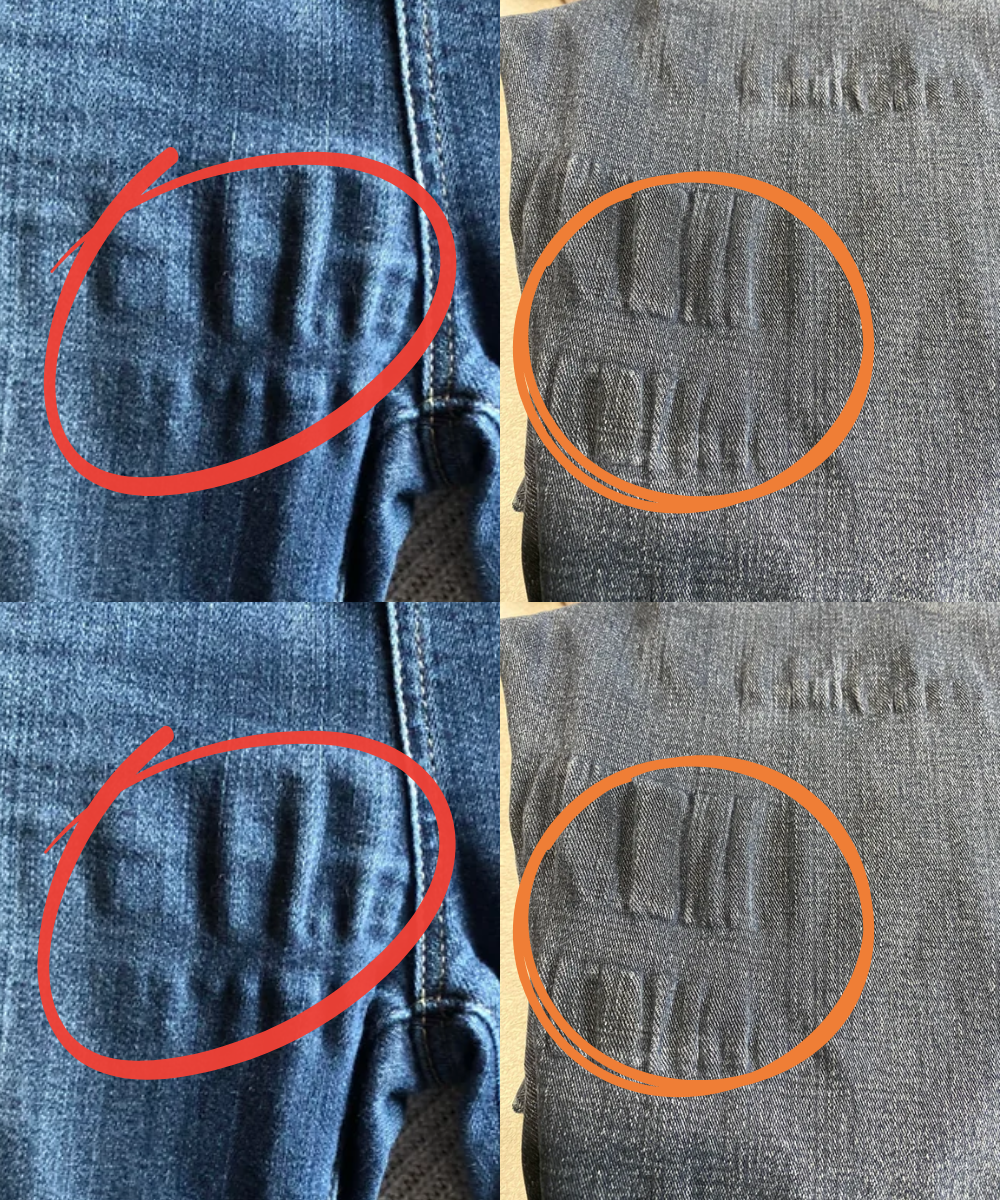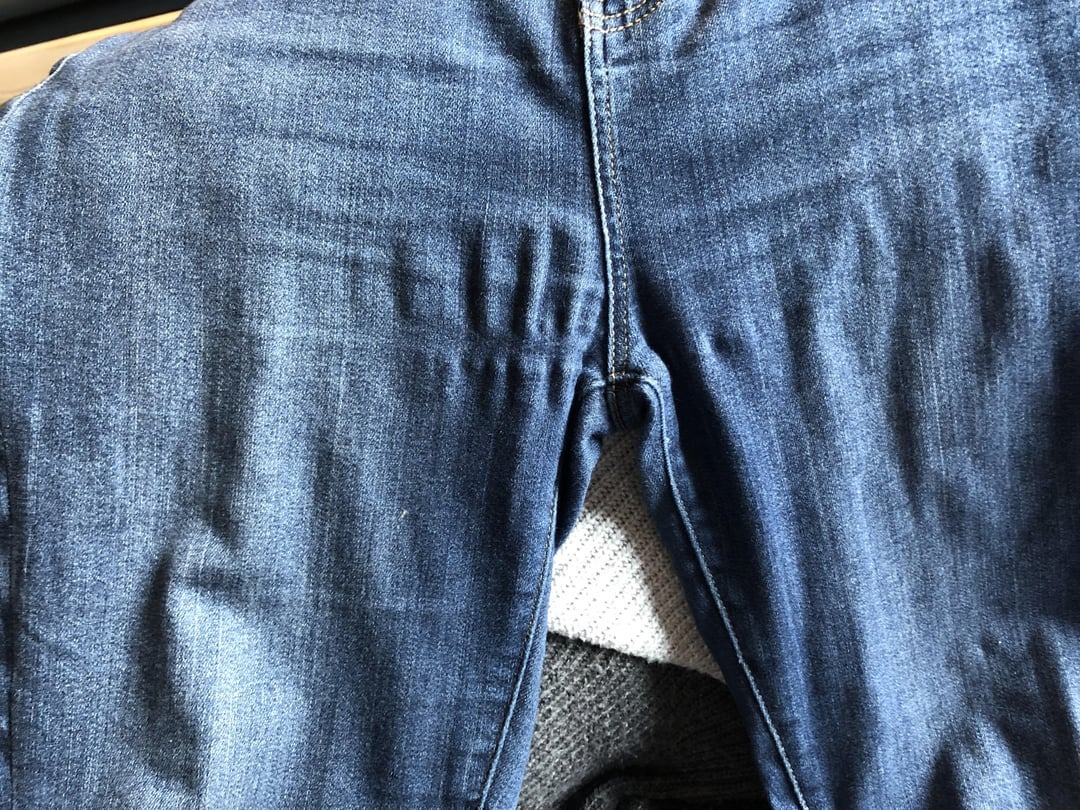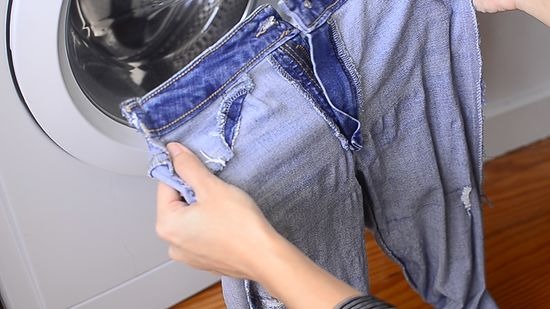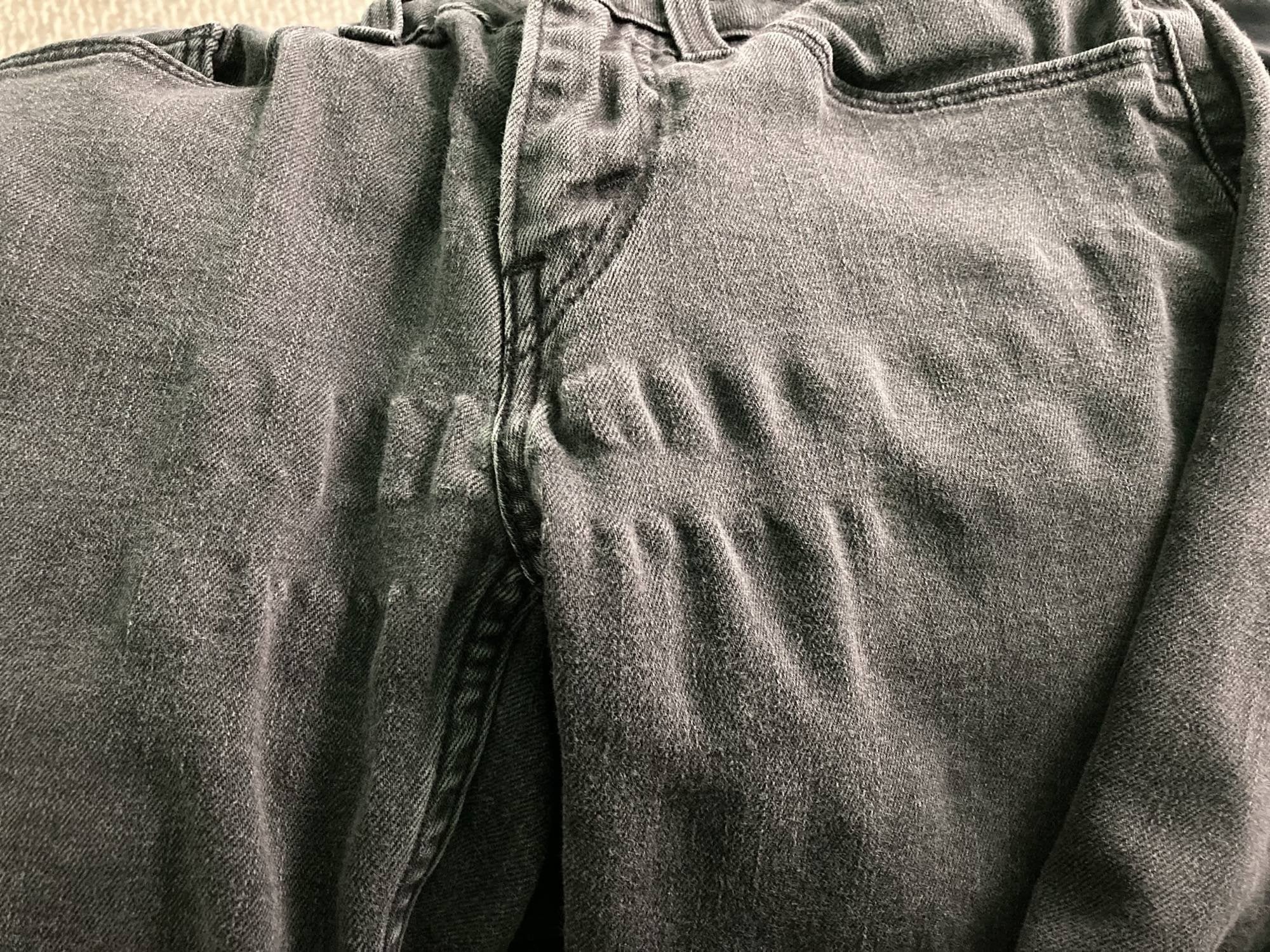
Why Your Jeans Come Out of the Dryer with Ripples—and How to Prevent It
You toss your favorite jeans in the washer, expecting them to come out clean and crisp. But instead, they emerge from the dryer with strange ripples or wavy creases, often near the seams or thighs. What went wrong? Are your jeans ruined?
Relax — this is a common issue. Let’s break down why these ripples happen and how to avoid them in the future.

1. Uneven Shrinking and Drying
The most frequent reason jeans develop ripples is due to uneven shrinkage. Denim is typically made from 100% cotton or a cotton mix, and cotton fibers naturally shrink when exposed to moisture and heat. If some areas — especially around thick seams or reinforced sections — shrink more than others, it causes the fabric to ripple or pucker.
This usually happens when jeans are washed in hot water or dried on a high heat setting. The heat causes the fibers to tighten, and if the shrinking doesn’t occur evenly, the result is wavy seams or twisted pant legs.
2. Tension in the Manufacturing Process
Another factor lies in how the jeans are constructed. During manufacturing, denim is cut, stitched, and assembled under varying amounts of tension. While everything might look smooth when brand new, washing can release that tension, causing the fabric to pull and distort, which creates ripples.
Jeans that are made quickly or with less attention to detail — including some budget options — are more likely to show these effects. But even pricier jeans can be affected, especially if they use stretch fabrics or have inconsistent stitching.

3. Stretch Denim and Fiber Behavior
To add comfort and flexibility, many jeans today include elastane (spandex). While stretch denim feels great to wear, it behaves differently in the wash. Over time, repeated washing can lead to ripples as the elastane fibers shrink or lose their shape differently than the cotton.
This is most common in jeggings or thinner stretch jeans, where the synthetic fibers dominate. With every wash and dry cycle, the differences in fiber response become more pronounced.
4. Overloading the Washing Machine
Stuffing too many clothes into the washer can also lead to rippling. If the jeans don’t have space to move, they twist and bunch, causing uneven agitation. This tension results in wrinkles and wave patterns, especially if the jeans wrap around bulkier items like hoodies or towels.
5. Heat Damage in the Dryer
Many of the above problems get worse in a hot dryer. High heat can lock in shrinkage and fabric distortion, making the ripples more permanent. Over-drying can also weaken the cotton fibers, making the jeans more likely to hold puckers and wrinkles.
Instead, let your jeans dry naturally when possible — air drying is gentler and helps preserve their shape.

Tips to Keep Your Jeans Smooth
• Wash with cold water to limit shrinkage
• Turn jeans inside out to reduce surface wear and friction
• Use a gentle cycle and avoid overcrowding the washer
• Air dry or tumble on low heat, removing them while still slightly damp
• Lay flat or hang by the waistband for even drying
• If ripples appear, iron inside out on a low setting to help smooth them
Final Thoughts
Those ripples and waves you see post-wash aren’t necessarily signs of poor quality. In most cases, they’re simply the result of how denim reacts to heat, water, and tension. But with some careful care — especially around washing and drying — you can keep your jeans looking smooth, crisp, and stylish for years to come.